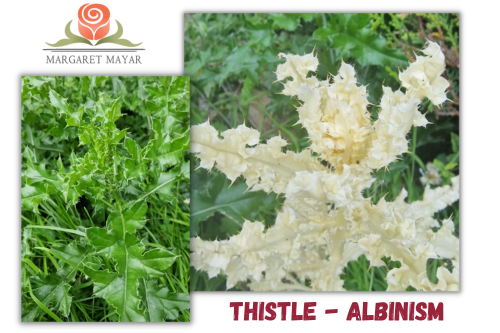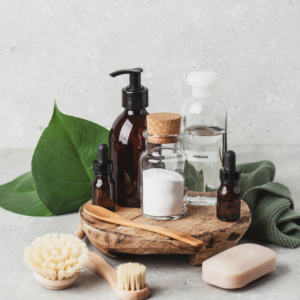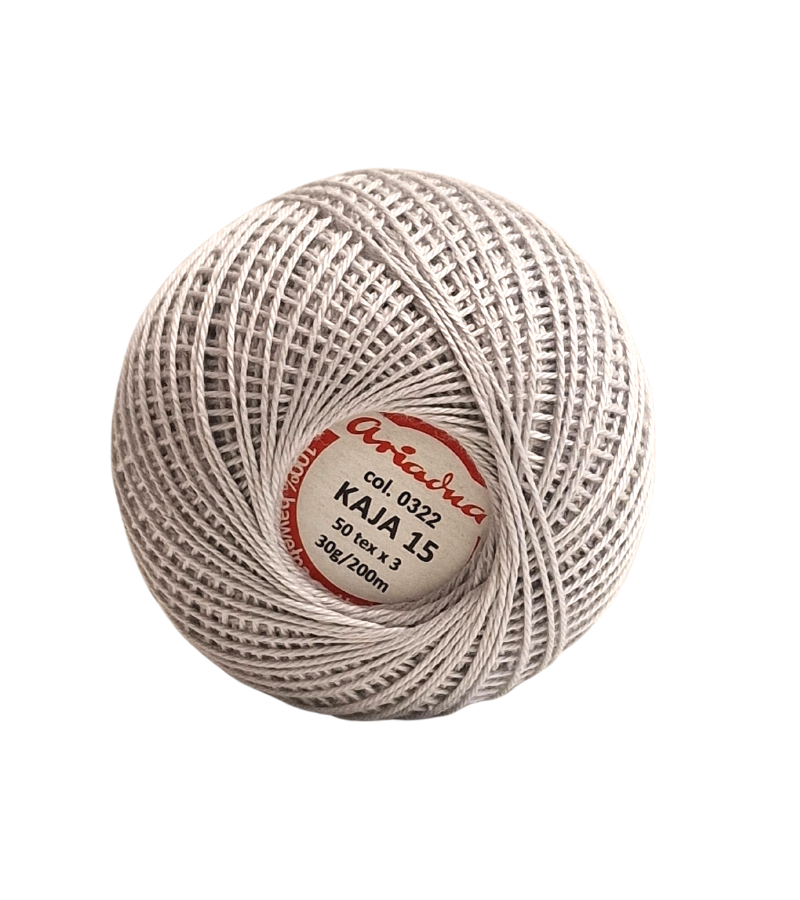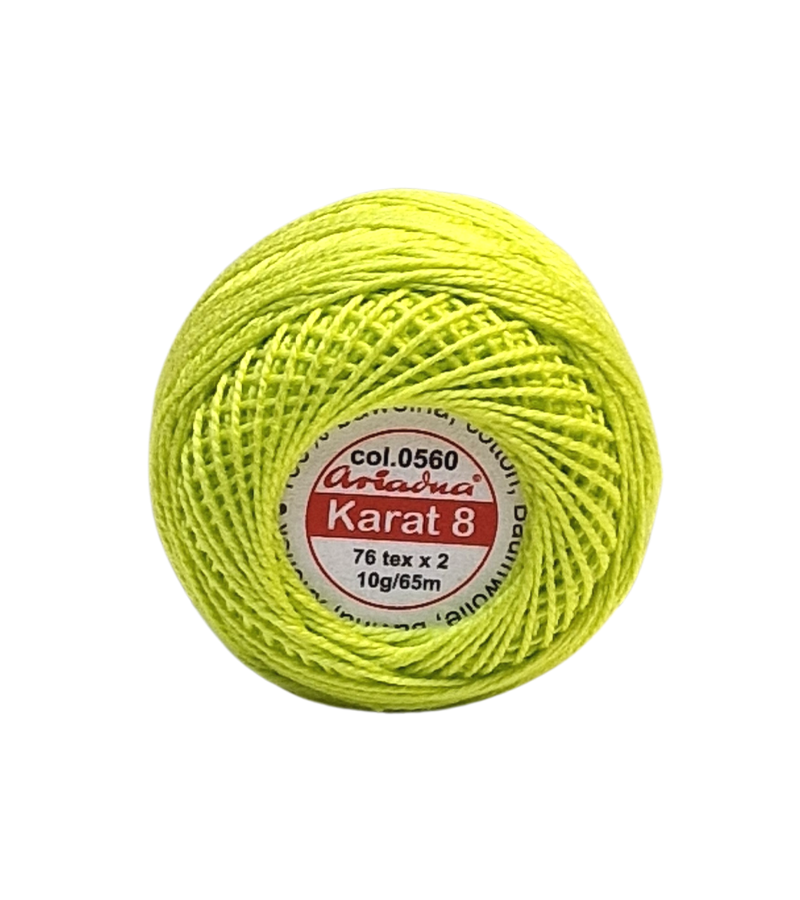Growing tomatoes at home
By growing tomatoes in our own garden, we have access to healthy vegetables at our fingertips. Ropes of red fruits decorate our green oasis, and the satisfaction from the harvested crops is great. Growing tomatoes is easy as long as you remember the basic care procedures.
Location and cultivation
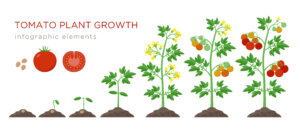
The location for growing tomatoes should be sunny and warm, protected from the wind. Dig the soil 20 cm deep in the places where the tomatoes will be planted. Add Agrecol fertilizer for tomatoes and peppers at a dose of 80-100 g per 1 m2 and mix with the previously loosened soil.
The planting spacing may be different, depending on the variety of our tomatoes. Ask the seller from whom you bought the seedling about the seedlings. If we sowed tomatoes for transplants ourselves, remember to keep the packaging with information about the growing conditions.
Tomatoes should be planted in the holes quite deep, up to the level of the lowest leaves. This will allow new roots to develop from the stem, which will ensure better water and nutrient uptake.
Please remember that tall varieties require support and are often grown on 1, 2 or 3 main shoots. Then we remove all unnecessary branches. We tie the tomatoes to a stake previously placed in the ground. Thanks to this, the plants will grow more stably and the fragile twigs will not be broken by the wind. The best way to immobilize a tomato is to run a string under the leaf on the main shoot and tie it to a stake.
Fertilization

Tomatoes have high nutritional requirements. In particular, they need a lot of potassium and phosphorus, and providing these ingredients will ensure abundant flowering and fruiting. After planting, wait a week or two to fertilize. After this time, use specialized Agrecol Fertilizer for tomatoes and peppers in the form of granules. The appropriate dose is about 30 g per 1 m2, i.e. about 5-15 g per bush. To make it easier – one handful is about 30 g of granulated fertilizer. After scattering the granules, gently mix them with the soil and water the plants. The best effect of plant nutrition will be achieved by using this fertilizer once every 2-3 weeks.
Care

About two weeks after planting the tomatoes, we tear off the lower 3-4 leaves to ensure greater air flow. It is also worth mulching the soil around the tomatoes with straw or hay. This prevents the occurrence of weeds and also reduces the evaporation of water from the soil. Mulch is very useful because tomatoes are very sensitive to water shortages.
We water tomatoes quite often because these plants need a lot of water, especially during periods of drought and when fruit is forming. Do not allow the substrate to dry out. Do not soak tomato leaves when watering, as this can easily cause sunburn and increases the likelihood of fungal diseases. Therefore, always direct the water stream at the soil where the tomatoes grow.
We cut off unnecessary side shoots (wolves) growing from the main shoot. They are located between the main shoot and the individual layers of leaves. We break off the wolves with a quick movement, keeping it as close to the main shoot as possible. The frequency of this treatment depends on the rate at which wolves appear. In this way, we limit the amount of green mass, thanks to which the plant puts more energy into fruit growth.
During the flowering phase of open tomato flowers, spray them with Pylicol fertilizer solution. It facilitates fruit set, which means we can count on higher yields.
Protection against diseases and pests
Choose varieties that are resistant to diseases such as potato blight. If we have a sensitive variety, preventive spraying against potato blight should be carried out every 7 days, using agents with different mechanisms of action. These are, for example: Amistar 250 SC, Miedzian 350 SC, Revus 250 SC, Signum 33 WG. The risk of disease is greater when there are temperature fluctuations and high air humidity.
Plant protection products should be used safely. Before each use, read the label and product information. Know the hazards and follow the precautions listed on the label.
